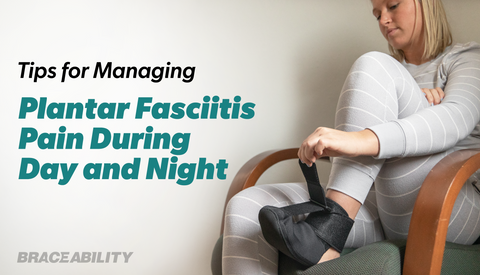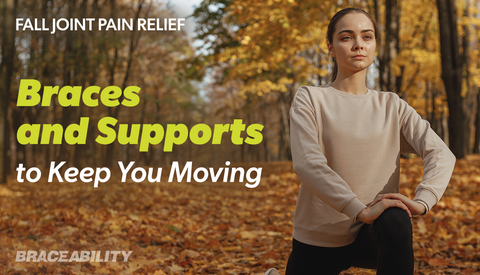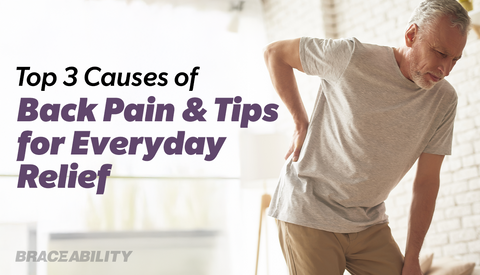Pain Behind the Knee / In Back of Knee
Back of Knee Anatomy
The knee is one of the largest and most complex joints in the human body. If you think about it, your knee supports almost all of your body weight, which is a big job in itself. Not to mention, the added work your knee puts in when you decide to walk, run, jump or skip. It's no mystery why knee injuries are so common.
If you understand how your knee works and the parts within it, you will be able to easier identify the cause of your knee pain. The knee is made up of bones, ligaments, tendons, and muscles.
Ligaments join the knee bones and provide stability to the knee.
There are four major ligaments in the knee:
- Anterior cruciate ligament
- Posterior cruciate ligament
- Medial and lateral collateral ligaments
- Patellar ligament
Tendons connect the knee bones to the leg muscles that move the knee joint.
There are two major tendons in the knee:
- Quadriceps tendon: connects the quadriceps muscles to the kneecap
- Patellar tendon: connects the keep cap to the shin bone

Take this short quiz to identify the cause of your knee pain:
12 Common Causes of Pain Behind Your Knee
-
Pain Behind Your Knee from Popliteal Cysts or Baker's Cyst
This is a fluid-filled cyst that creates a bulge on the back of your knee or the area specifically called the popliteal fossa. This occurs when a problem with your join causes your knee to produce too much fluid. Any type of condition that causes joint swelling can lead to a popliteal cyst.
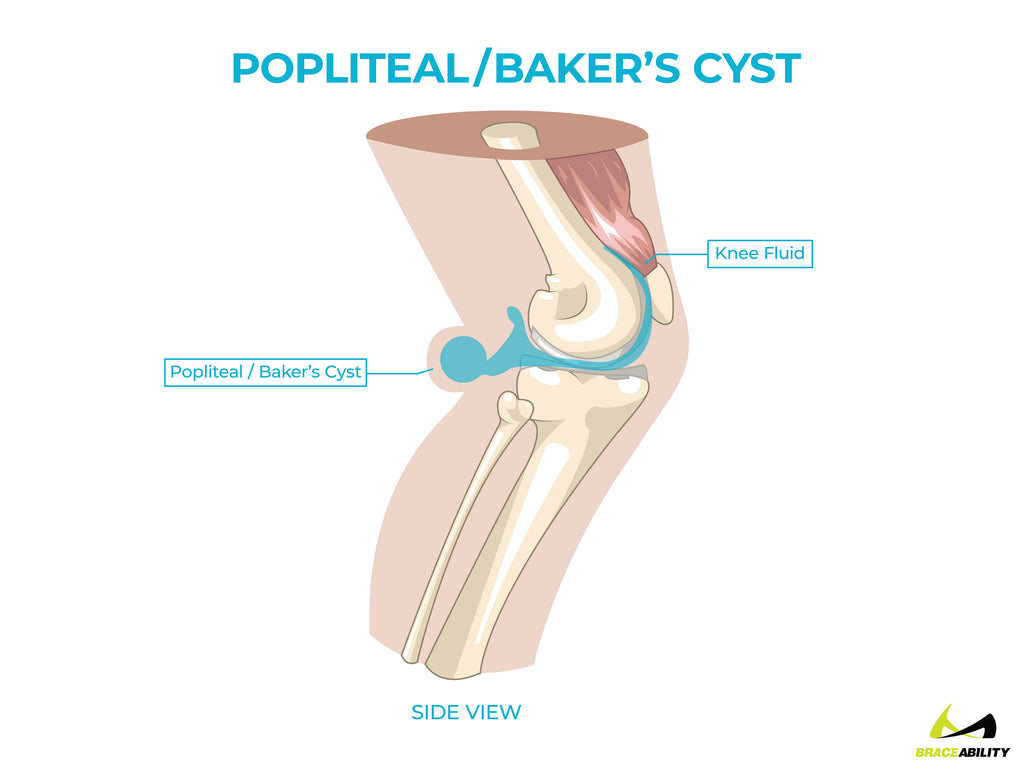
Symptoms of a popliteal cyst:
- Swelling behind knee and leg
- Knee pain
- Stiffness and inability to flex knee
Causes of a popliteal cyst:
- Inflammation of knee joint
- Arthritis
- A knee injury or cartilage tear
-
Back of Knee Pain from Hamstring Tenonitis
There are soft tissues that connect all of your back thigh muscles to the pelvis, knee and lower legs. Hamstring Tendonitis occurs when that tendon, or soft tissue, becomes damaged or inflamed due to strain or force being placed on the tendon. The RICE method (rest, ice, compress, elevate) can be a good way to treat this. In order to compress your hamstring, a thigh compression will do the trick.

Symptoms of hamstring tendonitis:
- Pain in back of knee or leg
- Swelling
- Muscle weakness
Causes of hamstring tendonitis:
- Overuse
- Excessive speed changing while running
- Insufficient warm-up
- Poor core strength

-
Popliteus Muscle Injury
The popliteus is a small muscle located at the back of your knee. This muscle is used for unlocking your knees when walking. In order to treat this injury, it may be helpful to apply a cold pack for 10 minutes every hour in the first 24 hours of your injury.
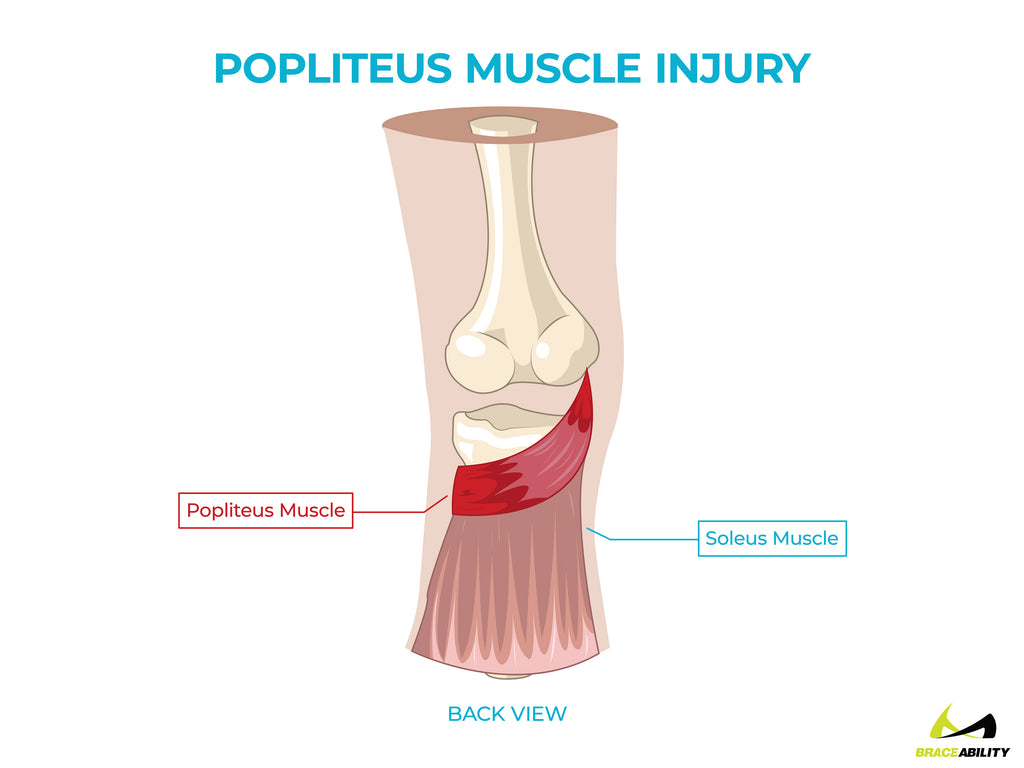
Symptoms of a popliteus muscle injury:
- Tenderness when pressing back of your knee
- Pain when your leg is rotated inward
Causes of a popliteus muscle injury:
- Overuse
- Sudden twisting
- Falling or collision
-
Pain Behind Your Knee from a Blood Clot
The popliteal vein is one of the major blood vessels in the lower body and runs up the back of the knee. If a blood clot (also called a thrombosis) occurs, it can block the vein and restrict circulation in your leg.

Symptoms of a blood clot:
- Pain, swelling and tenderness in back of knee
- Skin may feel warm to the touch
- Calf cramping
Causes of a blood clot:
- Smoking
- Drug use
- A major injury
- Chronic inflammation, which injures the inner lining of the vein
- Obesity
-
Knee Pain from Nerve Damage or Artery Compression
Popliteal Artery Entrapment Syndrome (PAES) is a condition where the artery becomes compressed and blood flow is restricted to the lower leg, damaging the artery. The muscle and tendons near the knee are positioned so they compress the popliteal artery. In most cases, this condition will treat itself. If symptoms don't improve, medication and physical therapy may be needed.
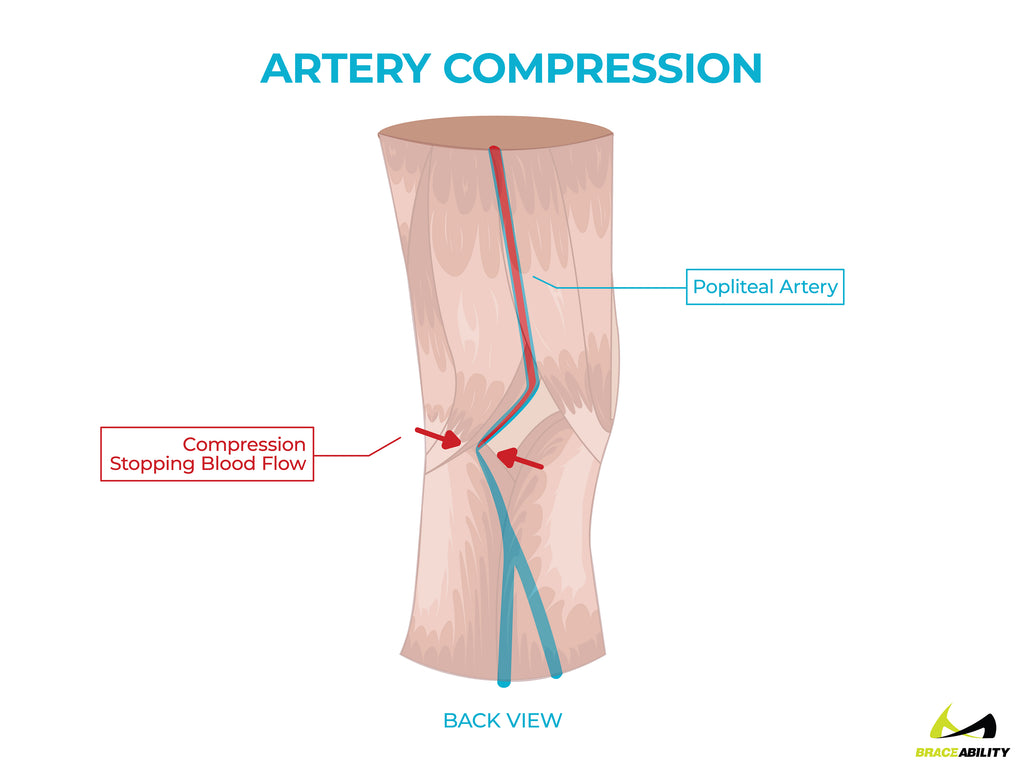
Symptoms of nerve damage or artery compression:
- Aching pain, numbness, or tiredness
- Cramping calf
- Symptoms will go away in 3-5 minutes
Causes of nerve damage or artery compression:
- Overuse
- Running or kicking activity
- At higher risk if you are a male athlete under age 30
-
Posterior Horn Meniscus Tear
The meniscus is a thin, fibrous cartilage that is in between the joints in your body. This is an extremely important part of your knee since it distributes the weight in your knee muscles. The most common location for a meniscus tear is in the posterior (back side) or your knee.
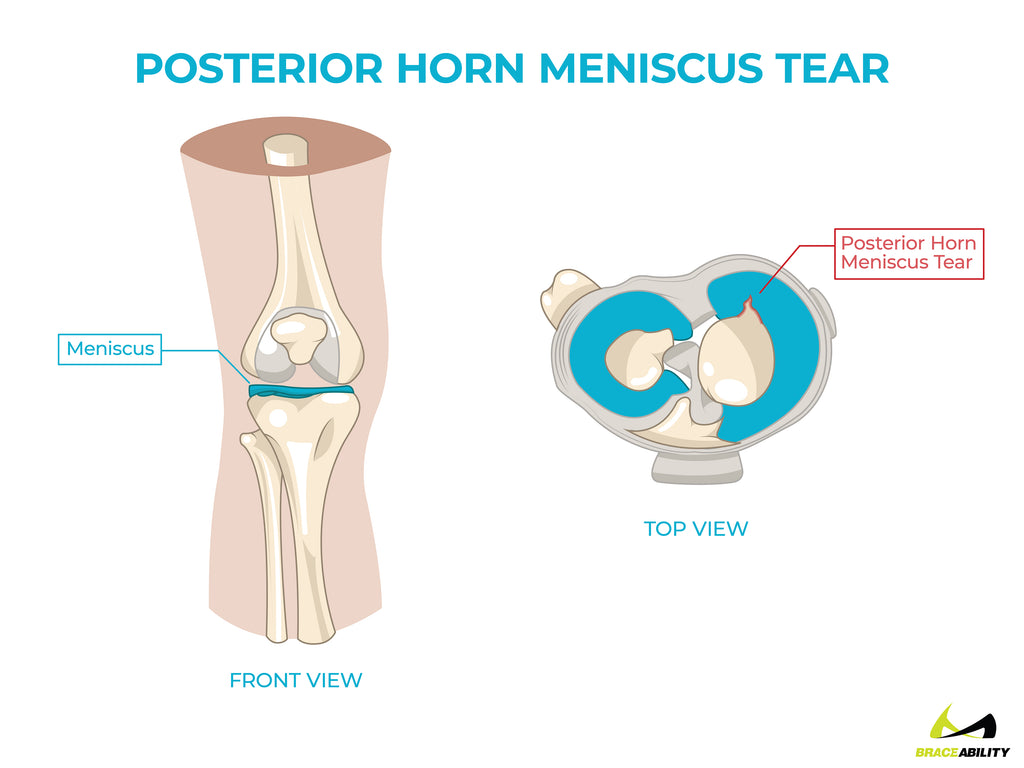
Symptoms of a posterior meniscus tear:
- Pain
- Swelling and stiffness, increasing gradually after injury
- Instability
- Difficulty straightening knee
Causes of a posterior meniscus tear:
- Trauma
- Sports injury
- Worn out meniscus
-
Arthritis in the Back of Your Knee
There are three different types of arthritis that can occur in the back of your knee: osteoarthritis, rheumatoid arthritis, and post-traumatic arthritis. The most common type is osteoarthritis, which is most likely to occur after middle age.
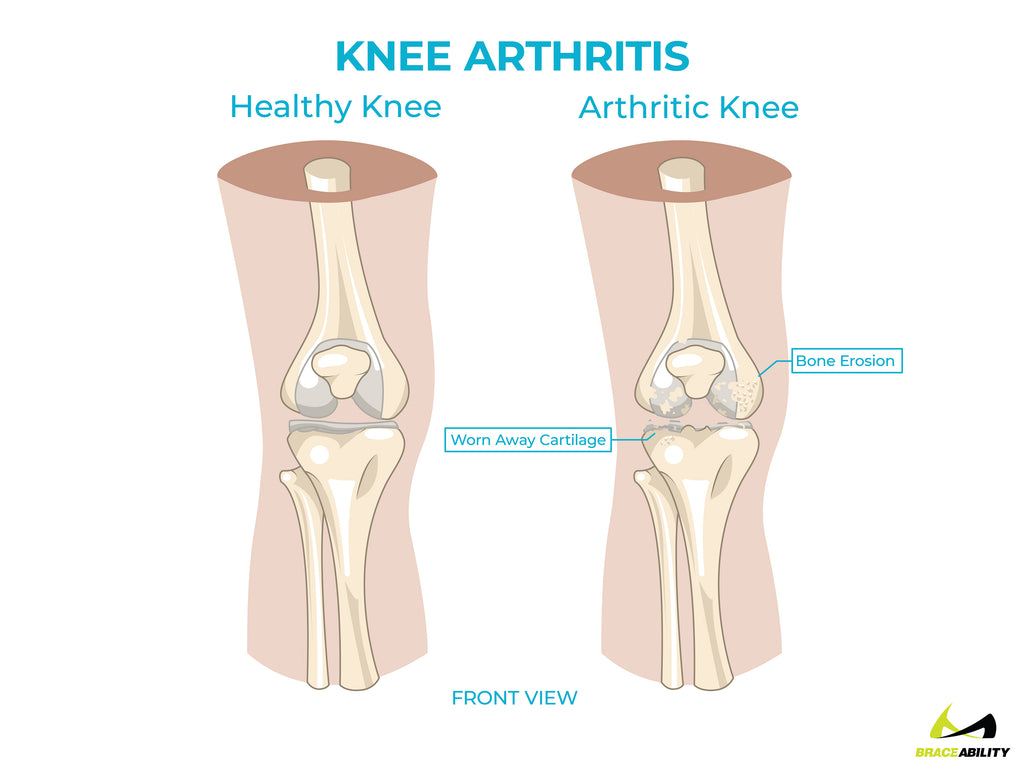
Symptoms of arthritis in the back of your knee:
- Inflammation in the morning or after activity
- Red skin
- Skin warm to the touch
- Muscles weaken
- Sticking or locking of joint
- Poor range of motion
- Cracking or popping sounds
Causes of arthritis in the back of your knee:
- Joint cartilage wears away
- Inflammation
- Another knee injury
-
Knee Ligament Sprain
There are four different ligaments within your knee: ACL, PCL, LCL, MCL. A strain is caused by ligaments stretching or tearing. To treat this injury, the RICE method (rest, ice, compress, elevate) is recommended. A functional knee brace for ligament tears can also help to speed up the healing process.
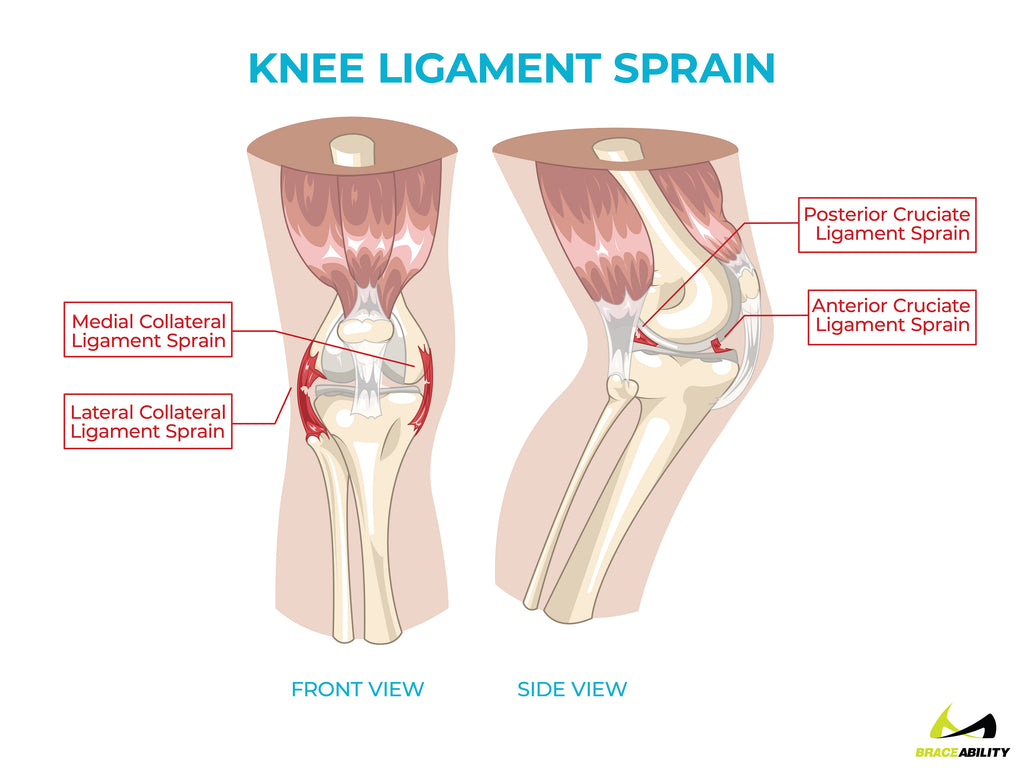
Symptoms of a knee ligament sprain:
- Pain, sudden and severe
- A loud pop during the injury
- Swelling within the first 24 hours after the injury
- Looseness in the joint
- Inability to bear weight on the joint
Causes of a knee ligament sprain:
- Trauma
- Sports injury
- Stretching or tearing of the ligament
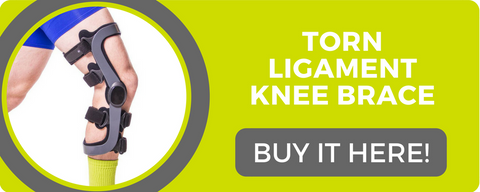
-
Gastrocnemius Tendonitis (calf strain)
A calf strain occurs when the muscle fibers of your calf muscle tears. The severity of the injury will determine how much you will be able to exercise and your range of mobility. In the first 48 hours of this injury, it's important to rest and ice the muscle. A knee support can also help the injury by supporting and warming the tendon during activity.
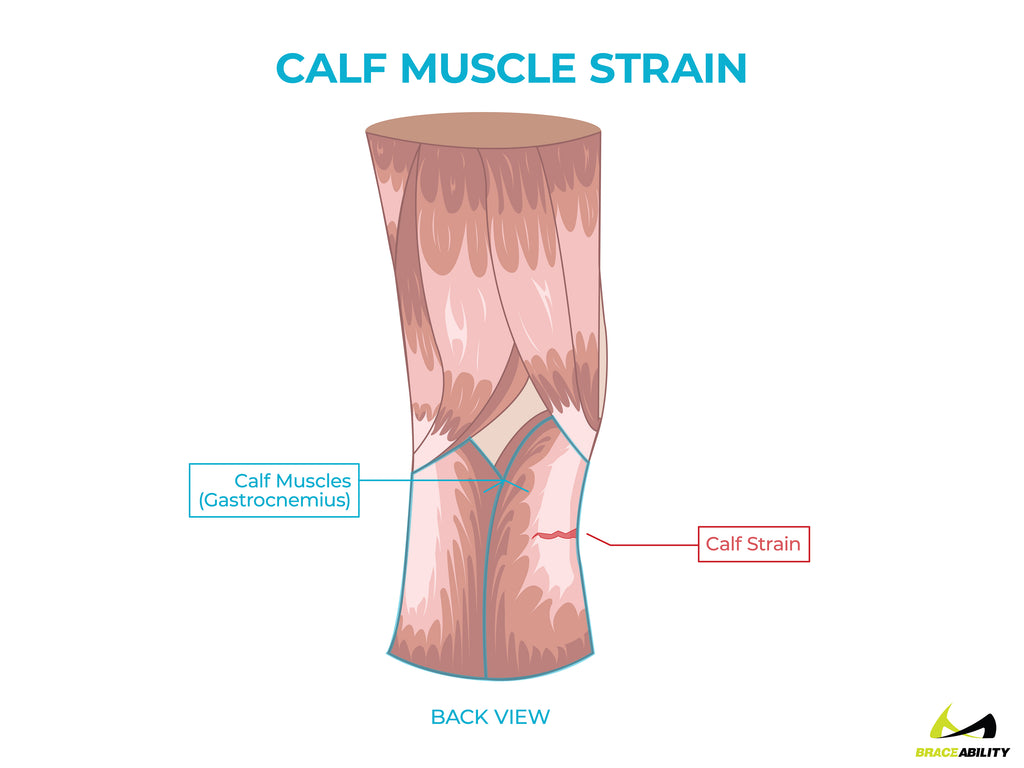
Symptoms of a calf strain:
- Sharp pain
- Swelling
- Bruising of the calf
Causes of a calf strain:
- Sudden, pushing movement
- Excessive overstretching of the calf muscle
- Tight muscle
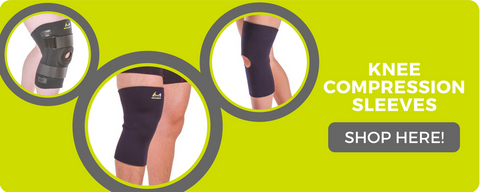
-
Pain Below Your Kneecap from Osgood Schlatter Disease
Osgood Schlatter Disease typically occurs in children and adolescents who are experiencing growth spurts during puberty. It can cause a painful, bony bump below the kneecap. This disease typically heals on its own, but a patellar strap for children can help to relieve pain and tension.

Symptoms of Osgood Schlatter Disease:
- Knee pain
- Swelling just below the kneecap
- Pain worsens during activity
- Bony bump below the kneecap
Causes of Osgood Schlatter Disease:
- The thigh muscle pulls on the tendon that connects the kneecap to the growth plate at the top part of the shinbone
- Activities like soccer, basketball, volleyball
-
Pain Below Your Kneecap from Patellar Tendonitis (a.k.a Runner’s Knee or Jumper’s Knee)
When a large amount of strain is placed on the patellar tendon, it is very likely that you will develop tendonitis. The patella tendon is the most common place to develop knee tendonitis. A patellar tendon strap can help to take force away from the tendon, relieving pain.

Symptoms of Patellar Tendonitis:
- Pain just below the kneecap with activity
- Pain with any pressure through the tendon
- Aching and stiffness after activity
- Stiffness in the morning
- Dull pain
- Thickening of the tendon
Causes of Patellar Tendonitis:
- Overuse
- Repeated stress on the tendon
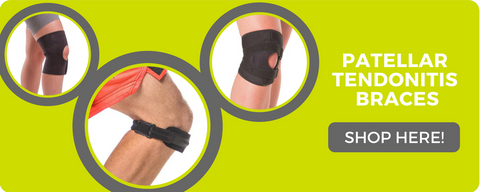
-
Chondromalacia Patellae
Chondromalacia Patellae is the most common cause of chronic knee pain. This occurs when the cartilage on the undersurface of the kneecap deteriorates and softens. A patellar centering brace can help to relieve pain and heal the injury.
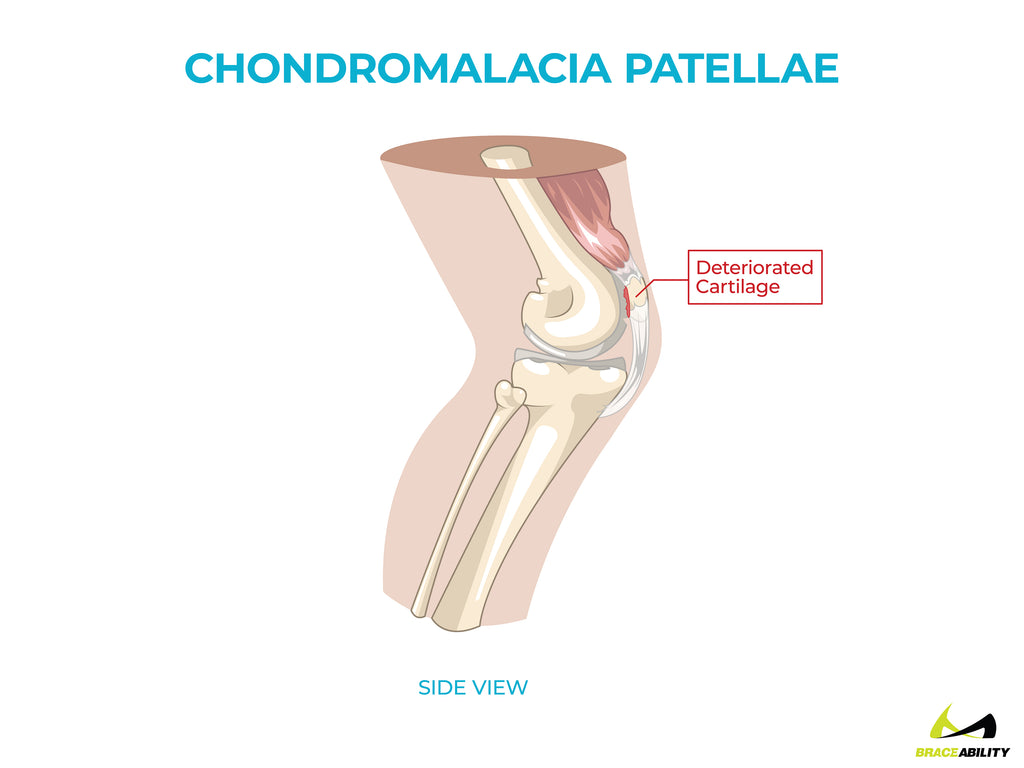
Symptoms of Chondromalacia Patellae:
- Discomfort of the inner, front of your knee
- Aggravated by activity or prolonged periods of sitting
- Tightness or fullness of knee area
Causes of Chondromalacia Patellae:
- Poor alignment due to a congenital condition
- Weak hamstrings and quadriceps
- Muscle imbalance between adductors and abductors
- Repeated stress on knee joints
Symptom Checker: Find Out What is Wrong with Your Knee
If you have pain behind your knee after sitting:
It is likely you are experiencing a symptom of Chondromalacia Patellae. This is the most common cause of chronic knee pain. Chondromalacia Patellae is caused by your patella being pulled to the outer side of your femur, rather than in a straight line. This will cause discomfort when you stand up from sitting in a chair for a long period of time. In order to prevent this at work, taking microbreaks will help to keep your body loose. You may also feel discomfort after physical activity or a tightness or fullness in the knee area.
If it hurts when you try to straighten your knee:
You may have a popliteal cyst (also known as Baker’s Cyst). This is a bulge in the back pit of your knee, called the popliteal fossa, that is filled with fluid and causes tightness behind your knee. The pain may increase when you while participating in physical activity. You may also feel swelling, pain and stiffness or tightness behind your knee.
If you feel pain behind your knee when bending or squatting:
You may be feeling a symptom of Patellar Tendonitis (also known as Runner’s Knee or Jumper’s Knee). This is caused by repetitive activity like kicking, jumping or running. The repetitive exercise puts a lot of strain on the tendon resulting in tiny tears and inflammation along the patellar tendon. Other symptoms include pain just below the kneecap, pain with any pressure to the knee, aching and stiffness after activity, knee stiffness in the morning and thickening of the patellar tendon.
If the back of your knee hurts while running or walking:
This could be a symptom of hamstring tendonitis. The hamstring tendon connects the hamstring muscle to the outer aspect of the knee. This is caused by overuse in running or jumping or insufficient warm-up exercises. If you are an individual who has just started working out or increased your level of fitness, you are at risk for this injury. Pain can be felt when putting strain on the muscle or tendon.
If you have leg pain in the back of your knee or calf:
This is most likely a symptom of gastrocnemius tendonitis (or a calf strain). The gastrocnemius muscle, which is the muscle that makes up your calf, controls the bending of your knees and the pointing of your toes. A sport that requires you to accelerate quickly can strain or tear the calf muscle. Other symptoms include swelling and bruising of the calf or trouble standing tiptoe.
If the back of your knee feels tight or stiff:
You may have Osgood Schlatter’s Disease. This is an inflammation of the area just below your knee where the tendon of the kneecap attaches to the shinbone. It occurs during growth spurts or times when bones, muscles, and tendons are changing rapidly. Other symptoms include knee pain and tenderness or swelling.
If the back of your knee feels swollen or sore:
This could be a symptom of a blood clot behind your knee. The popliteal vein runs through the back of your knee, close to the skin. At first, the pain just may feel like a cramp in the lower leg. If you notice swelling, it is important to get medical help immediately.
If you feel a sharp or shooting pain behind your kneecap:
It could be a symptom of nerve damage surrounding your knee. Your knee may also feel weak, numb or achy. To be more specific, femoral nerve dysfunction is a common condition that causes these symptoms. This is the loss of movement or sensation in parts of the leg due to damage to the nerve.
If you feel pressure or throbbing behind your kneecap:
It is possible that this is a symptom of arthritis in your knee. You may also be feeling swelling, tenderness, poor range of motion, and buckling or locking. Although there are many types of arthritis, the most common form of arthritis found in the knee is osteoarthritis. Other common forms include rheumatoid arthritis and post-traumatic arthritis, which occurs after an injury to the knee.
If you feel a popping or cracking sensation behind your kneecap:
If this sensation occurs during a knee injury - you most likely tore your meniscus. The meniscus is a piece of cartilage in your knee that cushions and stabilizes the joint. This type of tear is very common in contact sports like football and non-contact sports that require jumping and cutting like volleyball. Other symptoms include pain in the knee, swelling, difficulty bending your knee, pain behind your knee when straightening your leg, or a tendency for your knee to lock or get stuck.
























